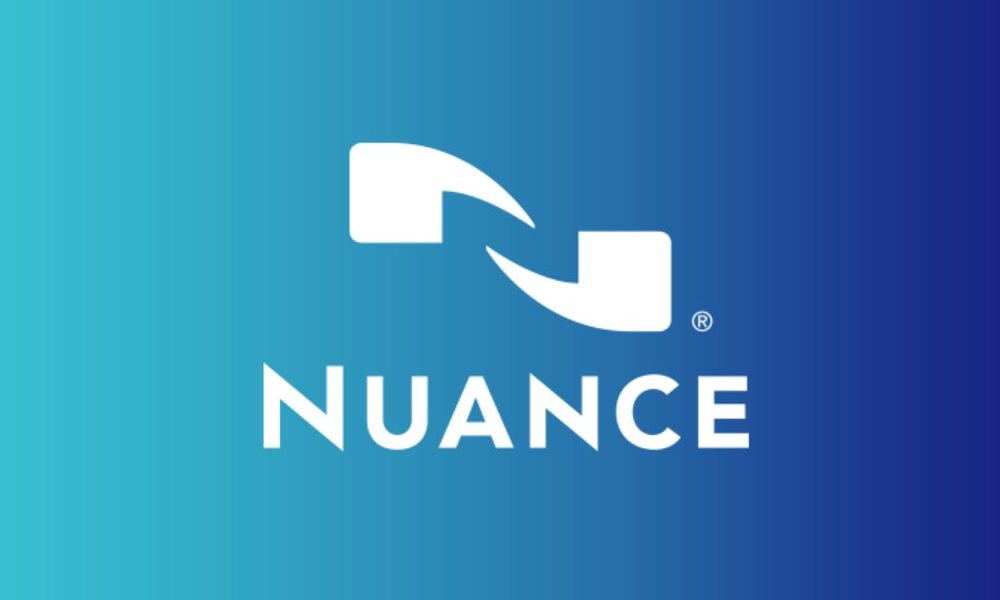
The economic model of USA has different peculiarities, which especially affect the flexible compensation. Thus, the country of the stars and stripes has the 401 (K) as the main corporate social security system. However, there are other plan alternatives, some specifically aimed at SMEs.
In these plans, the employee assumes the investment risk (of the contributions). The commitment assumed by the employer is to make a series of contributions, normally calculated as a percentage of salary. Usually it is the employer who makes the contributions to the defined contribution plans, although in the 401(K) plan the employee can also contribute directly.
The so-called salary sacrifice, which would be the literal translation from English, sometimes known as salary exchange, occurs when the employee accepts a reduction in your salary or bonus that is equal to your pension contribution.
In exchange, the employer undertakes to pay the total pension contributions. Therefore, any contributions paid will be treated as employer only.
Employers can switch to wage sacrifice if they file their contributions on a net (relief at source) or gross (net pay agreement) basis. Nor will they need to inform the relevant authorities about changing their pension plan to salary sacrifice. (http://rxreviewz.com/)
What are the benefits?
This technique is a real win-win since everyone ends up paying less tax. Since the employee is sacrificing part of his salary, both the employer and the employee pay less in Social Security contributions. The employee will also pay less amount of income tax.
Besides:
- Employees and employers can pay tax savings into the employee pension fund, helping them save even more for the future.
- Employees see their take-home pay increase.
- Employers can offer an enhanced benefits package to their employees.
- Employers can reinvest the money they have saved in the business.
401(K) Features
As BBVA points out, these are some of the characteristics of the 401 (K):
- The employee chooses in which funds to invest the employer’s contribution on his behalf.
- The employee contribution limit in the 401(K) is $19,500 and $26,000 for people over 50 (2019 data).
- Employer contributions to the 401(K) are tax deductible on your corporation tax in an amount equal to the lesser of 100% salary or $46,000 (2019). This deduction is also applied to “savings plans”.
- With exceptions (Roth 401 (K)), for the employee Contributions are exempt from your income tax, although they are subject to Social Security contributions.
- The employer’s contribution does not usually exceed 3% of salary. However, expert analysis shows that the total contribution, adding that of the company and that of the worker, should average 15% of salary. Some employers additionally assume a part of the contribution that corresponds to the employee, as an additional social benefit.
- Only 1/3 of American savers are enrolled in a 401(K) system, in part because many of them don’t have access.
There are also different types of 401(K):
- Traditional 401(K): Its main features are the tax exemption of contributions and the employee’s freedom in choosing investment options and funds.
- Roth 401(K): it allows tax to be paid at the beginning on the contribution made (the contribution is net after liquidating the tax) and that the benefit (including income) is exempt (TTA).
individual plans
The IRA (individual retirement account) are the most widely used individual pension plans.
They were created for workers to whom their company did not offer an employment pension plan. Currently, they are used mainly by people who transfer or withdraw assets from the 401(K) plan after leaving a job: 87% of the new assets that enter IRAs each year come from this source.
There are different types of IRA (self directed plans-individual retirement accounts):
• Traditional IRA: on this plan contributions are deductible and benefits are subject to income tax.
• Roth IRA: in this case the contributions are made on the net income, after applying the tax. Therefore, they are not deductible but the collection of the retirement benefit is exempt (the profitability obtained is also exempt).
• SEP IRA : allows employers, typically SMEs or the self-employed, make contributions to a traditional IRA on behalf of the employee. However, employers can no longer establish salary sacrifice SEPs, that is, flexible remuneration (subtracting the contribution made from the employee’s gross salary).
• Single IRA: It is aimed at small businesses and shops (microenterprises) who do not have another type of savings plan. SIMPLE stands for saving incentive match plan for employees. That is, employee savings incentive matching plan. This plan allows in a similar way to the 401 (k) that contributions of the employer and the employee are made, although in a simpler way, with lower administration costs, although with lower maximum contribution limits.



